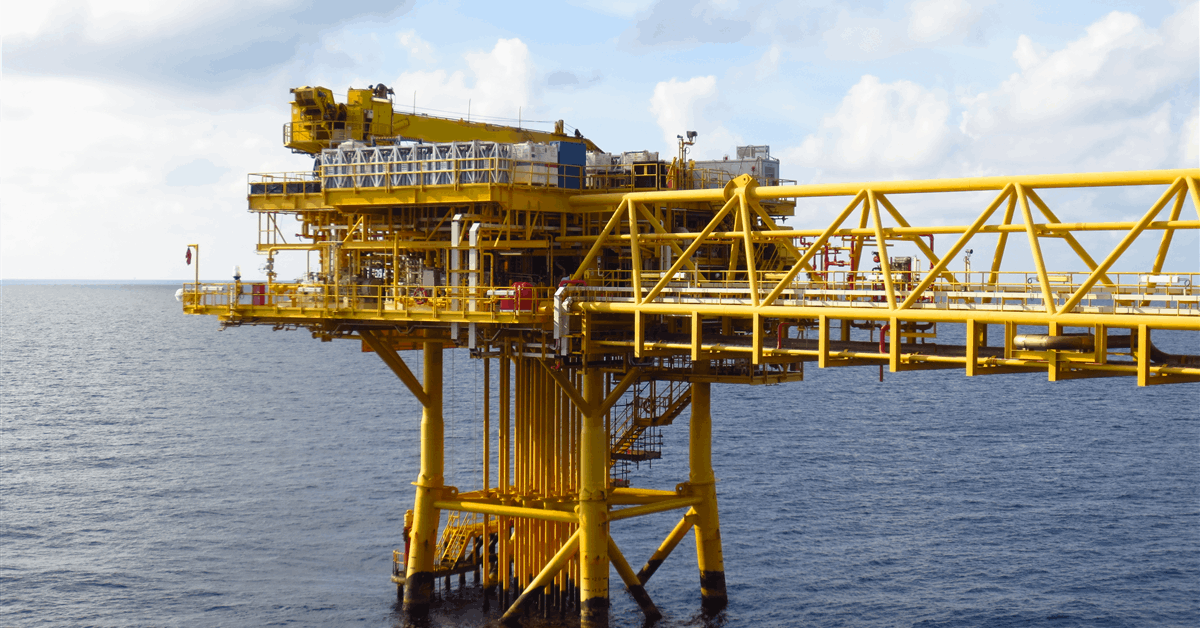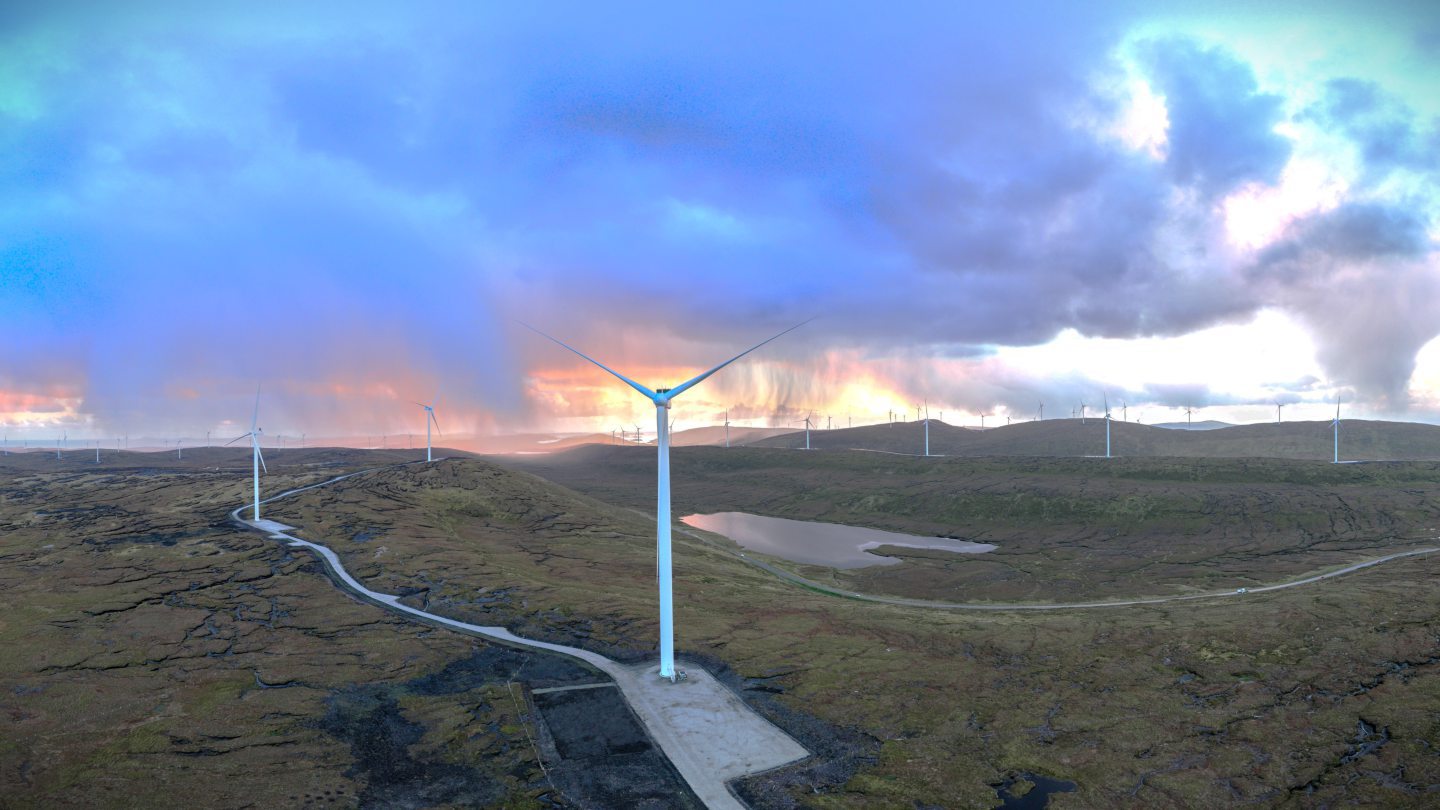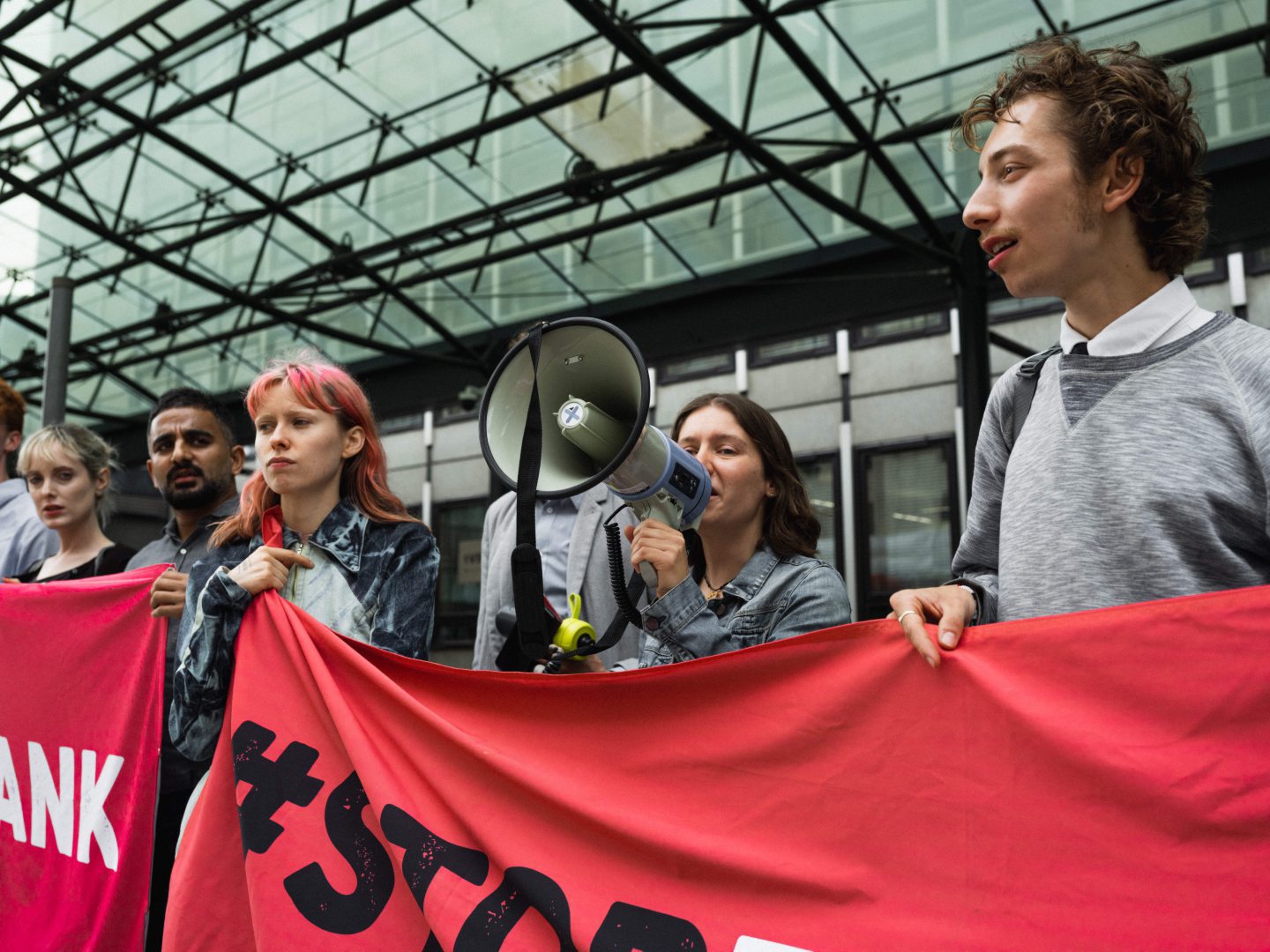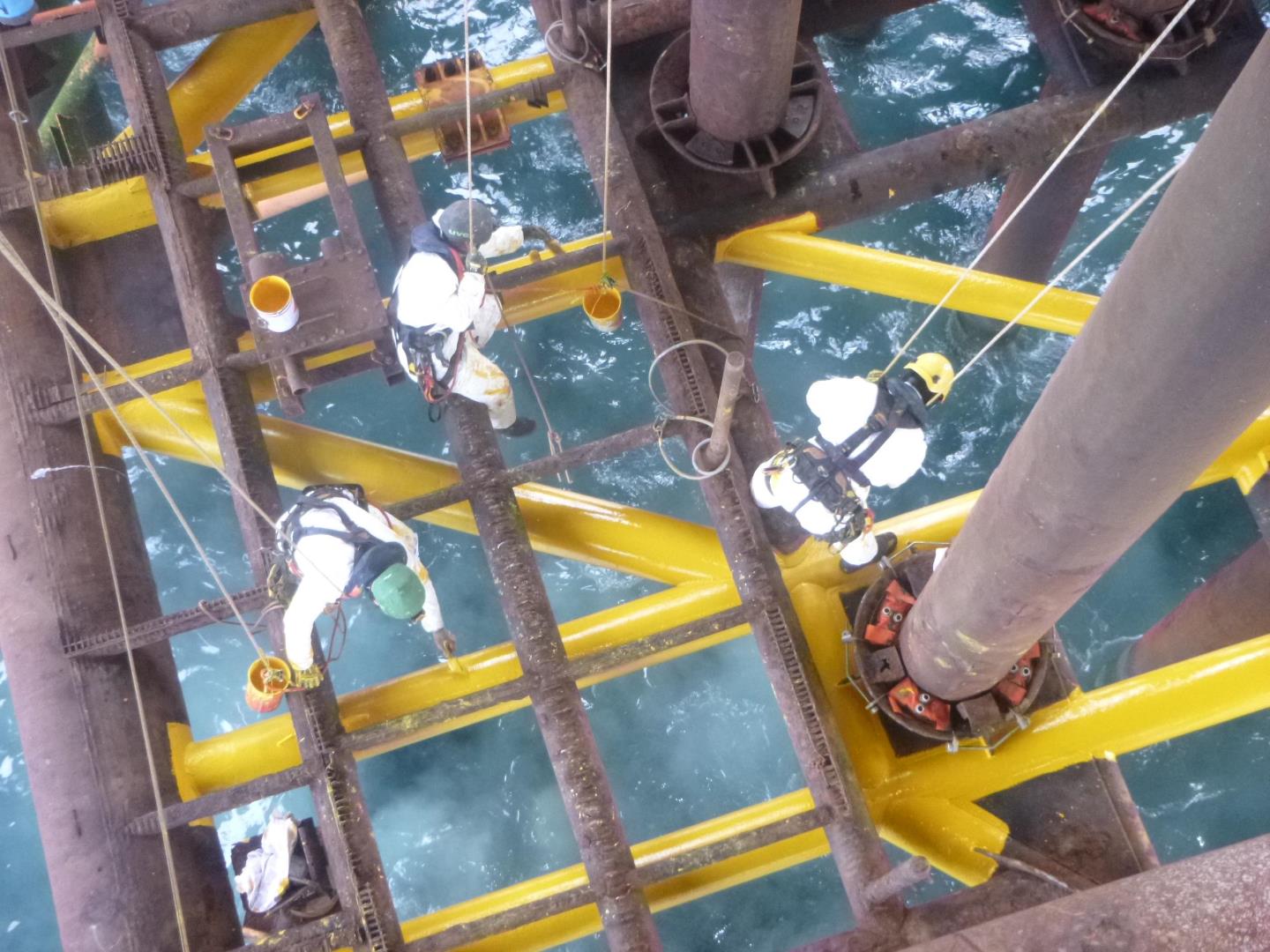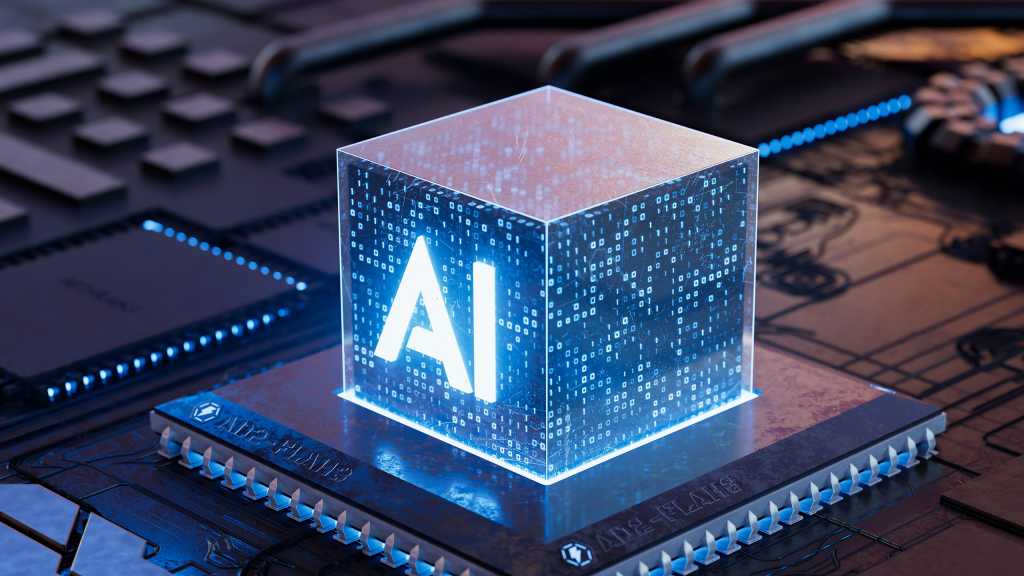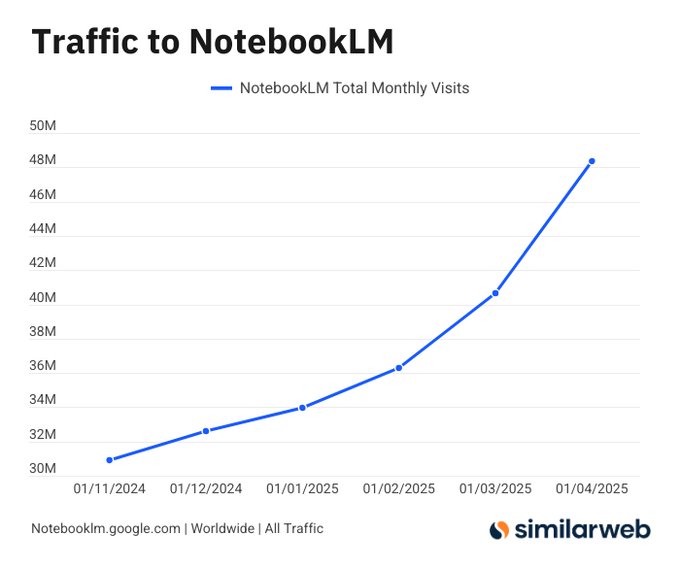During Computex 2025, Advanced Micro Devices held a press event to introduce its Radeon RX 9060 XT graphics cards and Threadripper CPUs for next-gen gaming.
With up to 16 GB GDDR6 memory, the new GPUs unlock new levels of performance while delivering a suite of new and enhanced features for next-gen gaming, the company said.
AMD said it is extending its leadership in high-performance computing by unveiling new graphics and workstation products engineered to address the toughest workloads in gaming, content creation, professional industries, and AI development.
The company unveiled the AMD Ryzen Threadripper PRO 9000 WX‑Series and AMD Ryzen Threadripper 9000 Series processors built on “Zen 5” architecture—led by the Ryzen Threadripper PRO 9995WX with 96 cores / 192 threads—deliver unmatched multi‑threaded performance, leadership efficiency, and enterprise‑grade AMD PRO Technologies, empowering professionals to bring complex visions to life faster.
The Radeon AI PRO R9700 is built for AI-powered workstations. It delivers up to 4X more throughput than the previous generation, as well as expanded AMD ROCm on Radeon support, bringing high‑performance GPU acceleration to a broader range of AI and compute workloads for advanced AI development.AMD also strengthens its partnership with ASUS and will introduce the new ASUS Expert P Series Copilot+ PCs, the next-generation commercial PCs bringing AI acceleration to the enterprise.
The PCs are powered by up to AMD Ryzen AI PRO 300 Series processors and features AMD PRO Technologies, offering 50+ TOPS of NPU performance for faster and more efficient AI-enhanced productivity as well as enterprise-grade security and manageability for the modern IT environment.
Gaming: Radeon RX 9060 XT
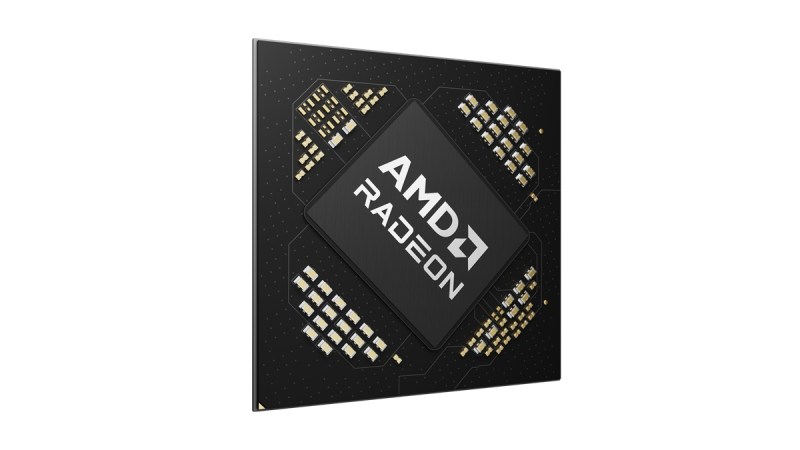
AMD said the Radeon RX 9060 XT GPUs unlock new levels of performance while delivering a suite of new and enhanced features for next-gen gaming.The Radeon RX 9060 XT features 32 AMD RDNA 4 compute units and doubles raytracing throughput compared to the previous generation. With up to 16GB of GDDR6 memory, these GPUs allow gamers to render the most exciting games of today and tomorrow at max settings.Additionally, the Radeon RX 9060 XT supports FP8 data types and structured sparsity, making it ready for the next-generation of AI-assisted gameplay, creative tools, and generative experiences.
The Radeon RX 9060 XT 16GB variant makes a great upgrade for gamers looking to future-proof their systems with a suite of next-gen features that will keep their experiences feeling fresh for years to come.
Threadrippers for workstations: Ryzen Threadripper PRO 9000 WX-Series and Ryzen Threadripper 9000 Series
The AMD Ryzen Threadripper PRO 9000 WX-Series and AMD Ryzen Threadripper 9000 Series processors set new standards for high-end workstations and enthusiast desktops and empower professionals to bring their complex visions to life faster than ever.Built on the advanced “Zen 5” architecture, both processor families deliver unmatched multi-threaded performance, leading energy efficiency, and extensive platform capabilities, including expansive memory bandwidth.
At the top of stack, the AMD Ryzen Threadripper PRO 9995WX offers 96 cores and 192 threads, providing extraordinary compute capacity for the most demanding AEC, M&E, and AI workloads. Every AMD Ryzen Threadripper PRO 9000 WX-Series processor comes equipped with AMD PRO Technologies, offering a robust suite of enterprise grade features including multilayered security, advanced remote manageability,
and long-term platform stability—helping professional users and IT teams achieve new levels of productivity.
For enthusiasts, the AMD Ryzen Threadripper 9980X comes equipped with 64 cores and 128 threads, offering DIY customers maximum performance for the most intensive workloads including content creation, software compiling, and local AI training.
Radeon AI PRO R9700
The AMD Radeon AI PRO R9700 brings next-generation on-device AI horsepower to professional workstations, pairing second-generation RDNA 4 AI accelerators with a massive 32 GB of graphics memory and PCIe Gen 5 throughput to speed local inference, model finetuning, and complex creative
workloads.
With up to 4X higher AI-accelerator throughput than the previous generation and full ROCm support on Linux (Windows support coming soon), the R9700 delivers high-performance AI with the control and data privacy of on-prem deployment.Engineered for scalability, Radeon AI PRO R9700 excels in multi-GPU configurations—expanding memory and compute capacity for large-language model development, real-time rendering, and parallel simulations.
AI PC
AMD executive Jack Huynh was joined by S.Y. Hsu, Co-CEO of ASUS, for the on-stage announcement of the new ASUS Expert P series lineup of PCs powered by up to AMD Ryzen AI PRO 300 Series processors.
With industry leading 50 NPU TOPS and AMD PRO Technologies, the new PCs are engineered to deliver lightning-fast AI compute and seamless productivity for working professionals. Designed to support the next generation of Microsoft Copilot+ experiences, Ryzen AI 300 Series processors deliver a leading peak of 50+ NPU TOPS of AI performance.
Commercial systems powered by Ryzen AI 300 Series processors offer enterprises notebooks with the compute power required to support the shift to an AI-enabled workforce.ASUS notebooks powered by Ryzen AI PRO Series processors also come equipped with AMD PRO Technologies, offering enterprises and SMBs with built-in security and manageability features, as well as long-term platform stability.
GB Daily
Stay in the know! Get the latest news in your inbox daily
Read our Privacy Policy
Thanks for subscribing. Check out more VB newsletters here.
An error occured.

